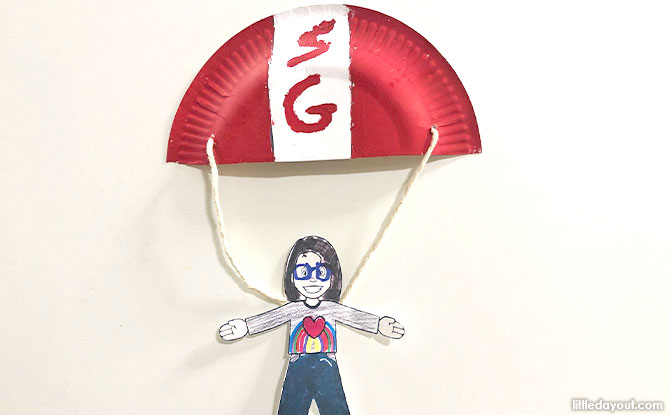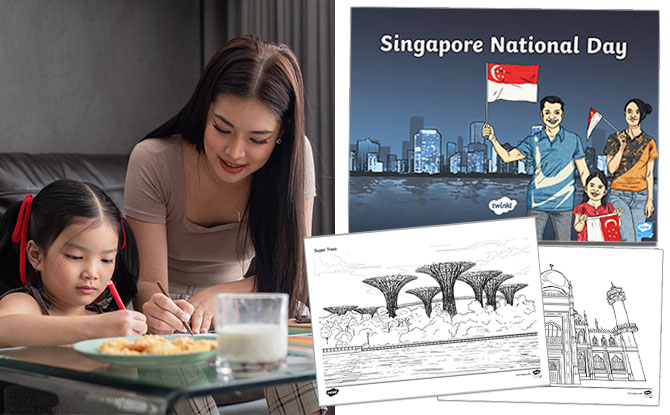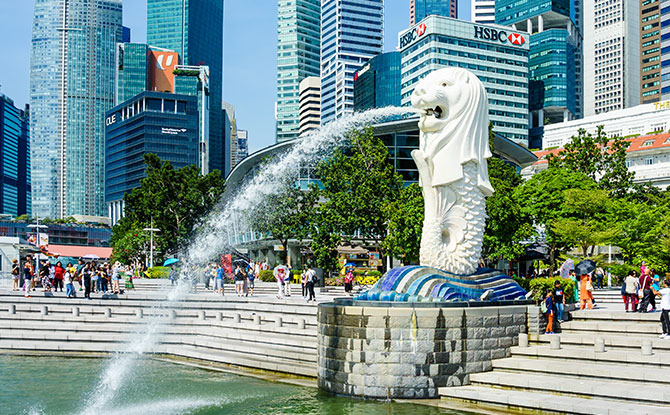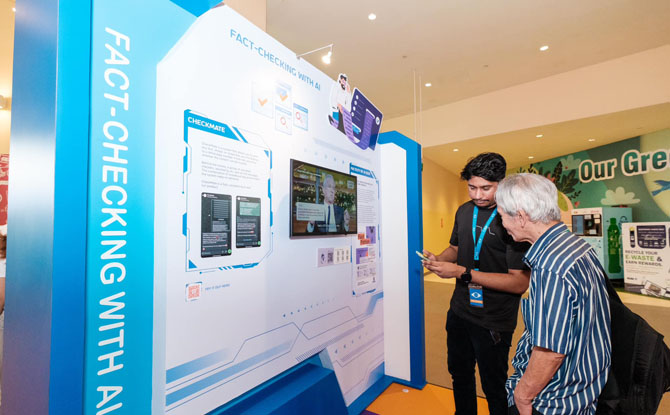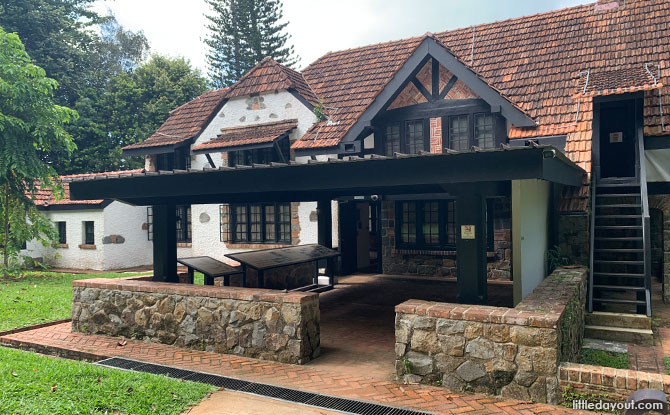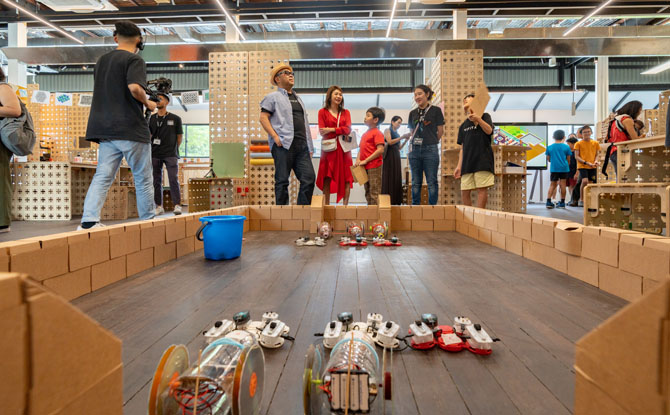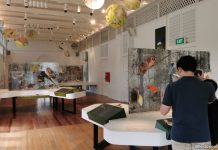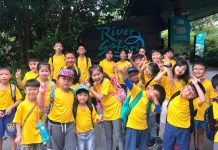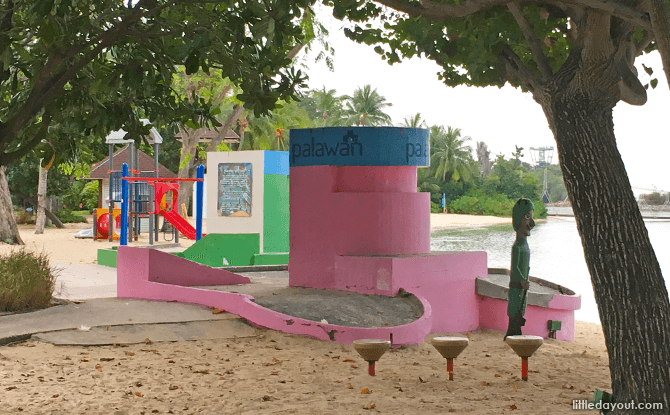
A dark period in Singapore’s history was World War 2. Life was hard during the Japanese Occupation and while that may seem like the distant past, for heritage buffs out there, there are still plenty of World War 2 sites in Singapore, often hidden in plain sight.
Less Well-known World War 2 Sites in Singapore
There are places that we head past everyday without knowing their back story. Now, get to know some of the hidden history behind World War 2 sites in Singapore below.
The Cathay
The Cathay Building opened in 1939 and was Singapore’s first skyscraper at 17 storeys tall. It contained Singapore’s first air-conditioned cinema and, till today, continues to be known for its Cineplex and shopping mall. During the initial years of the war, it housed the British Malaya Broadcasting Corporation. After the fall of Singapore in 1942, the Cathay Building was used by the Japanese Broadcasting Department and Japanese Military Propaganda Department. Japanese movies were shown at the cinema during the war years.
Pillbox, Palawan Beach
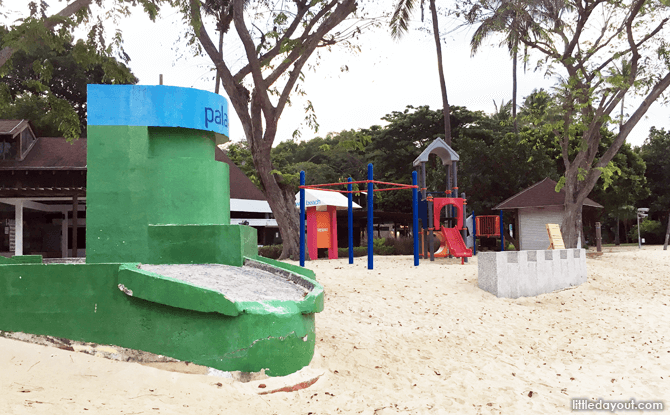
BE PSLE-READY: Join Expert Educators for Revision Boosters to Empower P6 Students
BURP: Join the Sound Collector on a Whimsical Chase at Esplanade – Theatres on the Bay
WEEKEND IDEAS: Get Inspirational Ideas of Things to Do
Now brightly painted, the pillboxes at Sentosa’s Palawan Beach could be mistaken as part of the play equipment installed there. Instead, they were part of the coastal defences established by the British in the run up to World War 2. It served as both a machine gun nest and an observation post.
[Editor’s note, February 2022: The pillbox is currently inaccessible due to the redevelopment works.]
Stairs at Bukit Batok Nature Reserve
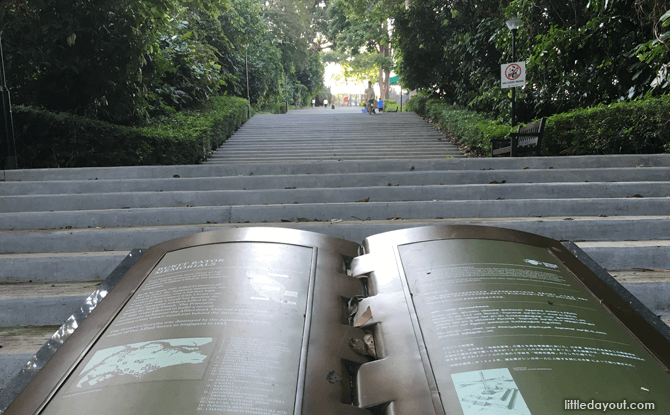
Now more likely to be climbed by exercising joggers, the broad steps at the top of Bukit Batok Nature Reserve once led to a shrine built by the Japanese to honour their comrades killed in the Battle of Singapore. The Japanese memorial at the top of the hill was a 12-metre tall wooden mast capped in bronze. Behind it, Allied POWs were allowed to build a memorial to their own fallen in the form of a wooden cross. Both memorials were torn down by the Japanese at the end of the war.
READ MORE: 15 Things You Did Not Know About MacRitchie Reservoir Park
University Town Entrance
Nowadays, students and lecturers go about their business around University Town on their way to classes and the residential colleges found there. More than seventy years ago, it was a very different scene. In July 1945, 10 commandos met their death at the hands of an executioner at a site close to the entrance of University Town. They paid the ultimate price for their involvement in Operation Rimau, a daring wartime raid to sabotage shipping at Keppel Harbour. The 10 men were initially buried nearby but re-interred at Kranji War Cemetery in November the same year, after the liberation of Singapore.
POW Stairs at Singapore Botanic Gardens
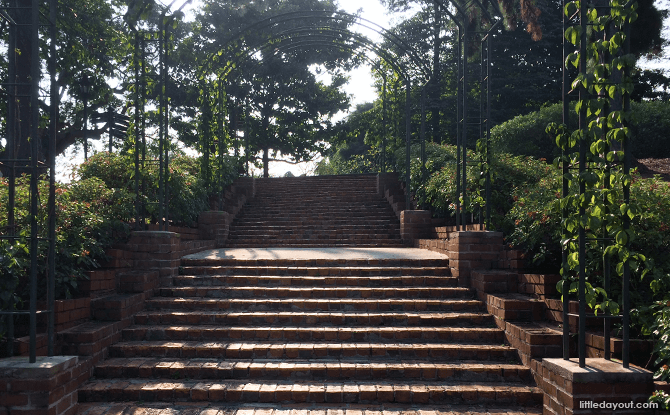
In 1995, a group of former prisoners-of-war recounted the story of how they were forced to make bricks at Changi. Some of these bricks were then used to construct a set of steps leading to the Plant House at the Singapore Botanic Gardens. At that time, arrows were commonly used at that time to identify Government property and, as an act of defiance, the PoWs marked arrows on the bricks. The staircase and their red, marked bricks can still be found at the Gardens today.
Hong Lim Complex
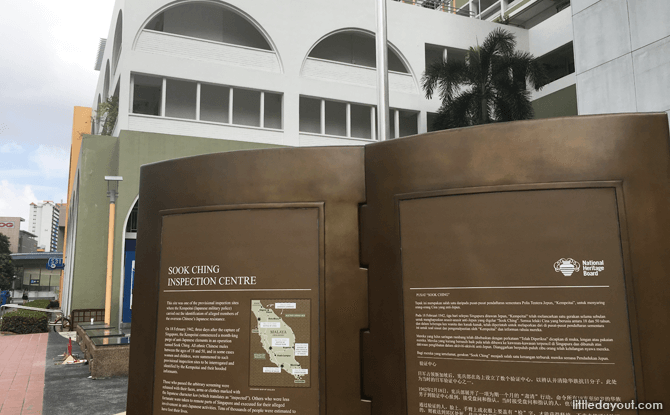 Sitting at the edge of Chinatown, today, Hong Lim Complex is a HDB estate with a hawker centre and shops at the lower levels. During the Japanese Occupation, it was one of the centres for the infamous Sook Ching screenings. Roads around Hong Lim Complex were cordoned off with barbed wire and Chinese men were screened by the Japanese. Those who failed the screenings were sent off to execution sites around the island.
Sitting at the edge of Chinatown, today, Hong Lim Complex is a HDB estate with a hawker centre and shops at the lower levels. During the Japanese Occupation, it was one of the centres for the infamous Sook Ching screenings. Roads around Hong Lim Complex were cordoned off with barbed wire and Chinese men were screened by the Japanese. Those who failed the screenings were sent off to execution sites around the island.
Hotel Fort Canning
Hotel Fort Canning is a serene, luxury hotel but, back in the day, it must have been bustling with activity when it functioned as the Administration Building of the British Far East Command HQ. Lieutenant-General Percival, the officer-in-charge of Allied forces in British Malaya had an office in the building. Nearby, under Fort Canning Hill, were bomb-proof underground command bunkers, now known as The Battlebox.
Air Raid Shelter, Tiong Bahru

Blk 78 Guan Chuan Street is the only place in Singapore where you can find a pre-war air raid shelter in a Singapore Improvement Trust public building. From the outside, you would barely notice the shelter but in its day, it was built to accommodate up to 1,600 people. Based on accounts by residents who lived in the Tiong Bahru estate at that time, it was used in December 1941 when the Japanese carried out air raids on Singapore. It found use again in 1945 when Allied forces conducted air raids against Japanese-controlled Singapore.
National Gallery, City Hall Wing
The former City Hall, now National Gallery Singapore, has been the site of many significant events in Singapore’s history. Then called the Municipal Building, it was also the place where the Instrument of Surrender was signed by the Japanese on an overcast day in September 1945.
The signing ceremony lasted nine minutes, ending three-and-a-half years of Occupation and reverting Singapore back to British rule. The surrender was received by Lord Louis Mountbatten and witnessed by representatives from the United States, Australia, China, India, France and Holland.
Valley Point
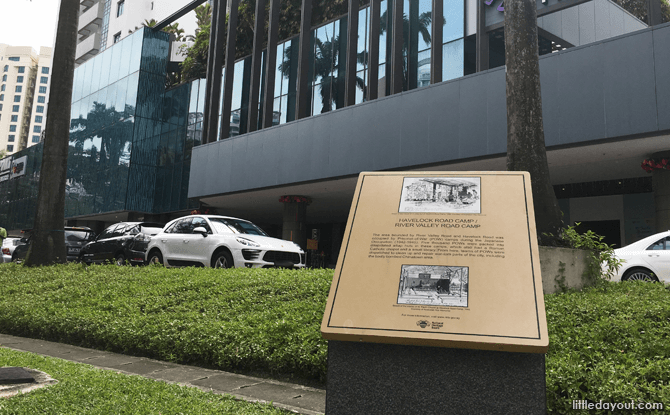
Mention prisoner-of-war camps and most will immediately think of Changi. But, did you know there were PoW camps much closer to town? During the Japanese Occupation, two prisoner-of-war camps were located at the River Valley Road area.
At one of them, the River Valley Road Camp, more than 5,000 prisoners-of-war were held there and assigned to work at places such as Chinatown which was badly bombed during the Battle of Singapore. After the end of the war, fortunes were reversed and the camp was used to hold Japanese soldiers until their repatriation to Japan in 1947. In 1950, the site was developed into a factory by Fraser & Neave before being redeveloped in the 1990s into the Fraser Suites condominium and Valley Point Shopping Centre. A simple marker by the roadside commemorates this chapter in the site’s history.






